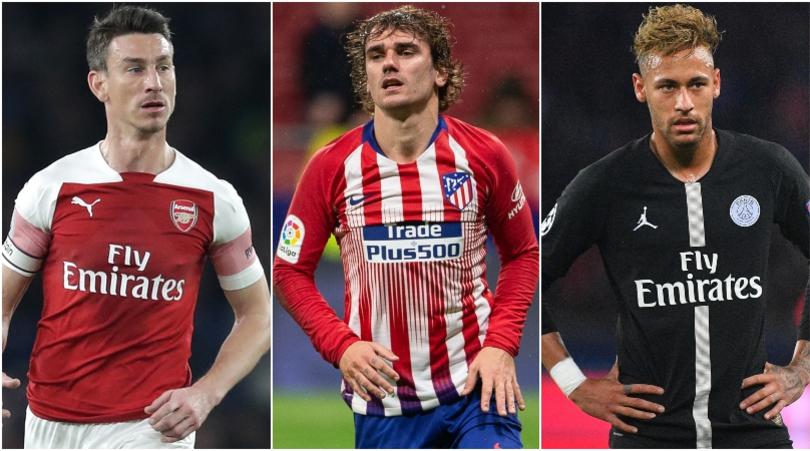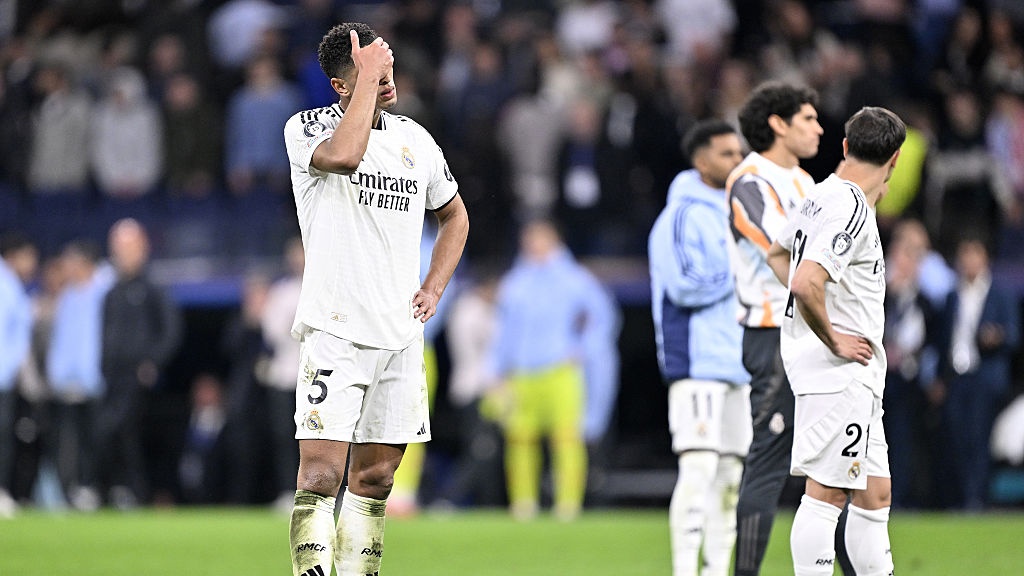10 big, disastrous signings who cost managers their jobs
When arriving on a wave of excitement sees you crashing very quickly into the rocks of disappointment…
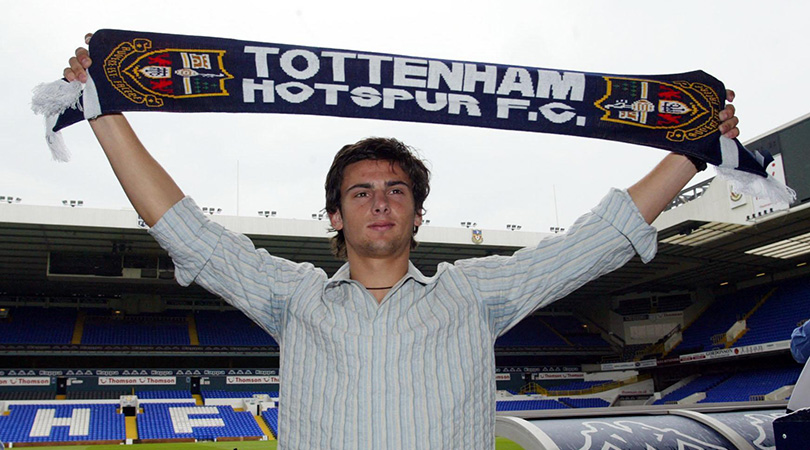
Helder Postiga under Glenn Hoddle (Tottenham)
Glenn Hoddle shelled out £6.25m for Postiga in summer of 2003, after he'd scored 19 times for Porto the previous season. “In two or three years’ time I believe people will look at this signing and say it was a good bit of business,” Hoddle declared.
He couldn't have been more wrong. The 20-year-old Portuguese striker looked painfully out of his depth, struggling with the physicality of England's top flight and missing a glut of chances as Tottenham slumped to one win from their first six Premier League games.
Hoddle was duly sacked while Postiga lumbered on, finishing the season with one Premier League goal to his name. Spurs limped home in 14th and flogged Postiga back to Porto in exchange for Pedro Mendes that summer.
Ade Akinbiyi under Peter Taylor (Leicester)
Akinbiyi was Leicester City’s club-record signing when newly-installed manager Peter Taylor nabbed him for £5m from Wolves in 2001 as a replacement for the Liverpool-bound Emile Heskey.
The Foxes enjoyed a fine start under Taylor, going top of the Premier League in October and remaining in the top four until Christmas. But a shock FA Cup quarter-final defeat to Wycombe kicked off a miserable end to the season in which Leicester lost nine of their last 10 league games.
Get FourFourTwo Newsletter
The best features, fun and footballing quizzes, straight to your inbox every week.
By late September of the following season, the Foxes were bottom. Akinbiyi had earned the unwanted moniker of ‘Akin-Bad-Buy’ after a run of 13 league games without a goal. Taylor kept faith with the Nigeria international throughout but paid the price that month. He was sacked and Leicester were eventually relegated.
“Back in the day, people expected a lot of goals from players like me,” Akinbiyi later told FFT. “It didn’t happen. It was more or less a waste of money, if you want to call it that.”
Jean-Alain Boumsong under Graeme Souness (Newcastle)
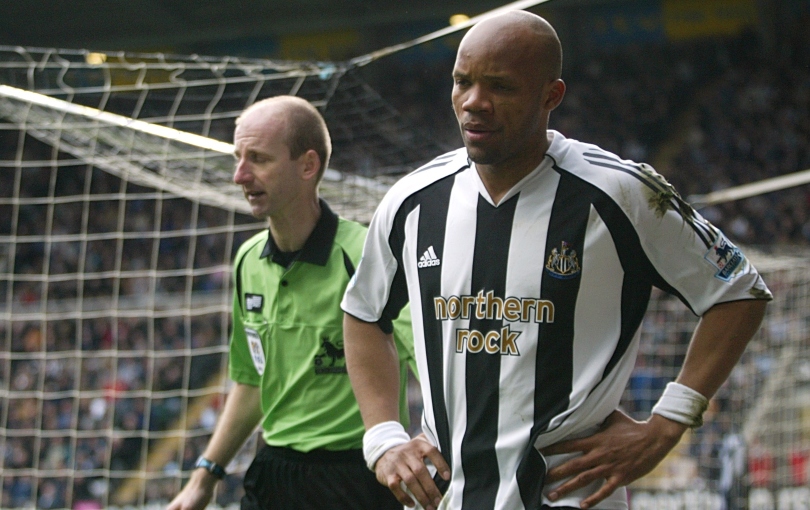
The £8.5m transfer of Boumsong from Rangers to Newcastle in January 2005 raised eyebrows, not least because the Frenchman had been available on a free the previous summer. But the recently-appointed Souness was determined to mend a defence that had leaked goals under predecessor Bobby Robson, and bet big on Boumsong.
Despite a promising start, it soon became clear that the Scot’s faith had been misguided; the Frenchman formed a comically calamitous defensive partnership with Titus Bramble. Souness defended Boumsong to the end, though, blaming everything from slippery pitches to the player's long legs for his inept displays.
A 3-0 loss to Manchester City in February 2006 (with Boumsong described as "lumbering" even by the notoriously neutral BBC) proved the final straw – Souness was sacked days later. Boumsong, rather bizarrely, headed to newly-relegated Juventus later that year.
Steve Marlet under Jean Tigana (Fulham)
Fulham owner Mohamed Al-Fayed was sceptical of the £11.5m valuation manager Tigana put on Marlet, in part because the Fulham chief had previously worked as his agent. Tigana wasn’t alone in heaping praise on the striker, though: his Auxerre manager Guy Roux once compared him to the Brazilian Ronaldo, and he arrived at Craven Cottage off the back of a fine season at Lyon where he'd scored five times in the Champions League and hit double figures in Ligue 1.
Though allegedly capable of playing as a striker or winger, Marlet struggled in both positions at Fulham and soon lost his place to Barry Hayles – the man he'd been brought in to replace.
After a tepid return of 11 goals in 54 games, Al-Fayed knew exactly who to blame – the Harrods chief sacked Tigana in April 2003 and took him to court over the Marlet deal. Though the charges were later dropped, Tigana successfully sued for wrongful dismissal. Marlet never played for the club again.
Bruno Cheyrou under Gerard Houllier (Liverpool)
Fellow signings Salif Diao and El-Hadji Diouf disappointed as part of an unholy trinity of signings at Anfield in summer 2002, but it was Bruno Cheyrou who emerged as a symbol of the Reds’ shortcomings.
Much of that was down to manager Gerard Houllier, who helpfully branded his £4.5m signing from Lille as “the new Zidane”. "Bruno has the same kind of touch and style that Zidane has,” he said. "There's a lot of similarities between the two when they're on the ball.”
A return of one goal and little else in 29 appearances over his debut season suggested otherwise. Despite an improved tally of four in 19 games the year after, poor Cheyrou failed to live up to lofty expectations as Liverpool fell well short in the title race. Rafa Benitez duly replaced Houllier that summer – and wasted little time in offloading Cheyrou.
Kevin Davies under Roy Hodgson (Blackburn)
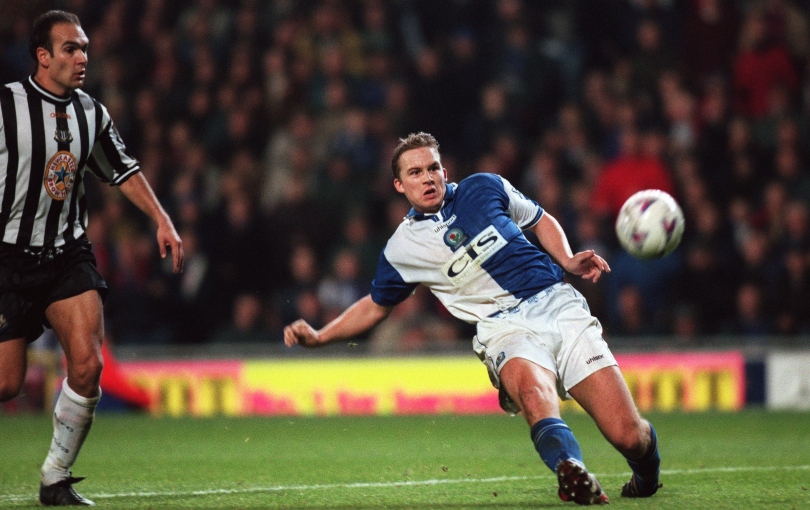
Hodgson went from hero to zero at Blackburn in 1998 thanks in no small part to the £7.25m acquisition of Southampton’s Davies. That September, the Rovers chief was linked with both the vacant England and Germany national team jobs, but opted to remain at Ewood Park and oversee a £20m spending spree that was supposed to relaunch his team as title contenders.
By late November, however, Blackburn were bottom and in need of goals. Davies’s start had been hampered by a lack of confidence and serious throat infection. Hodgson was sacked after a 2-0 defeat to Southampton and din’t manage in England again for another nine years. Davies, meanwhile, returned to Southampton after one goal in 21 league outings for the relegated Rovers.
“If there was ever an unlucky time in both his [Davies] and my career, it was that period at Blackburn,” Hodgson later reflected.
Alberto Aquilani under Rafael Benitez (Liverpool)
How do you replace a player like Xabi Alonso? The answer was Aquilani if you’re Liverpool manager Benitez, who snapped up the midfielder from Roma for a cool £17m. The Italian got a ringing endorsement from ex-team-mate Francesco Totti, who beamed: “He is potentially one of the best players in the world. He has been unlucky with injuries so far but I believe he will do really well in England.”
Totti was right in one sense – Aquilani had been unlucky with injuries. In fact, he would continue to be blighted by them at Liverpool, with an ankle injury delaying his debut until December.
Even then, though, ‘the little Prince’ cut a slight figure. Six assists in 18 appearances hinted at his obvious quality, but in his absence Liverpool floundered and finished seventh in the Premier League – their lowest position in 11 years. Benitez’s contract was terminated that summer, while Aquilani headed for Juventus in the first of a series of loan moves back to Serie A.
Davy Klaassen under Ronald Koeman (Everton)
Everton looked to have pulled off a coup with the £23.6m capture of Klaassen in June 2017. The Ajax captain was hot transfer property after a season in which he scored 20 goals from midfield, but the Dutchman looked a shell of that player in the Premier League. He soon fell out of favour under Ronald Koeman, making just three starts in eight games under his compatriot.
A poor start to the season, coupled with injury struggles, prompted concern within the Everton hierarchy. Koeman was sacked amid woeful form, and Klassen was frozen out by his replacement Sam Allardyce.
Only a summer on from signing, Everton cut their losses and sold the player to Werder Bremen for just £12m. Koeman later slammed the club, insisting that Klaassen just needed time. “You cannot say after one month, two months 'he is not good enough',” huffed the ex-Toffees chief.
Jimmy Bullard under Phil Brown (Hull)
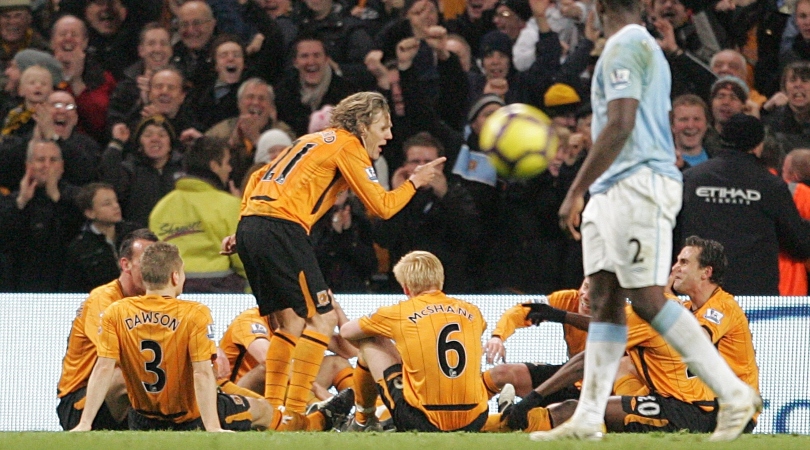
Hull made a bright start to life in the 2008/09 Premier League, but by the turn of the year Phil Brown’s side were in desperate need of a shot in the arm. They found it with Bullard, who arrived from Fulham for a club record £5m in January 2009.
But the deal proved troubling on a number of levels. Not only did the 30-year-old negotiate a five-year, £40k-per-week contract, but, according to the player himself, a typo actually meant he earned £50k – including an additional £5k in appearance fees. Though Hull avoided the drop, a serious knee impact curtailed Bullard’s impact that season.
He returned the following year with the club in trouble and in need of leadership on the pitch. While Bullard impressed in patches, a goal celebration mocking Brown’s previous attempt at a half-time team talk undermined his manager. Brown was gone by March.
Carlos Tevez/Javier Mascherano under Alan Pardew (West Ham)
Pardew’s West Ham were a breath of fresh air when they first returned to the Premier League in 2005, finishing ninth and reaching the FA Cup final along the way. But then came the shock arrivals of Argentine duo Carlos Tevez and Javier Mascherano the following summer, as part of a dubious deal involving third-party sources.
Despite the obvious quality of both new additions, Pardew struggled to integrate the two new boys into his team, resulting in a rotten run of form where the Hammers won only four of their first 17 league games. Languishing in the relegation zone come mid-December, the Icelandic consortium in charge of the club decided enough was enough after watching West Ham slump to a 4-0 defeat against Bolton. Pardew was sacked and left to rue dropping Hayden Mullins and Carlton Cole for two future Champions League winners.
While you're here, why not take advantage of our brilliant subscribers' offer? Get 5 issues of the world's greatest football magazine for £5 – the game's greatest stories and finest journalism direct to your door for less than a pint in London. Cheers!
NOW READ
LIST 13 players who left on terrible terms with their clubs
QUIZ! Can you name Arsenal's last 50 players in the Premier League?
